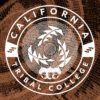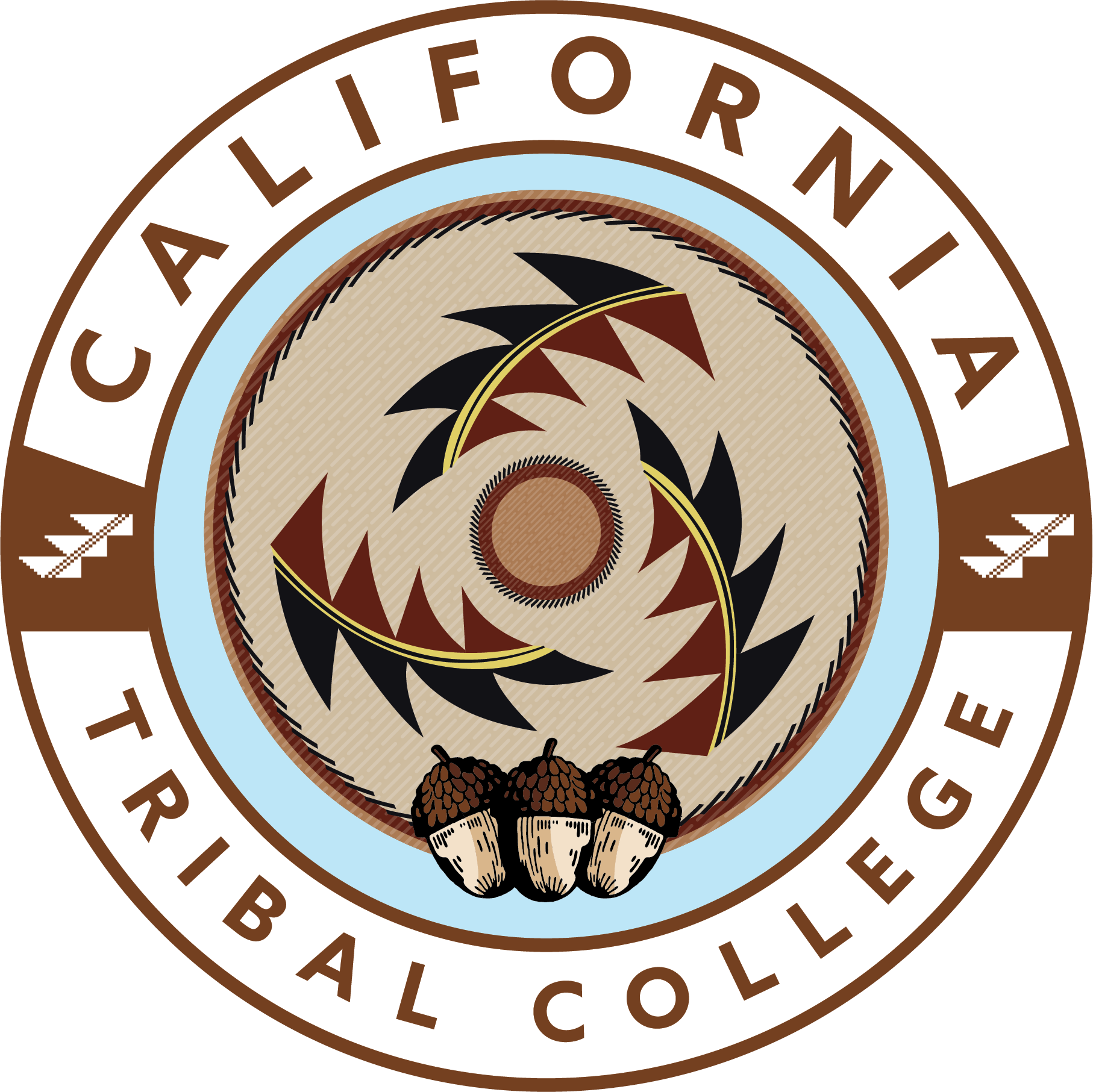
CTC Regent Tishmall Turner, Director Marilyn Delgado, and Dr. Joely Proudfit
With a feasibility study and needs assessment nearly completed, the California Tribal College could begin operating by the end of 2014, though exactly what form the institution will take remains to be seen. A new brick and mortar facility, an online school, a collaborative endeavor with another college or some combination all remain options, according to CTC Director Marilyn Delgado.
The nation’s 38th tribal college would serve California’s 130 American Indian tribes and the large urban American Indian/Alaskan Native populations in the state. More than 40 tribes have already signed on to the project, and investment firm Goldman Sachs has made a donation to pay for the feasibility study being headed up by Joely Proudfit, Pechanga Band of Luiseño Indians, of the California Indian Culture and Sovereignty Center at California State University, San Marcos.
The Yocha Dehe Wintun Nation, the owner of the Cache Creek Casino Resort, has been spearheading the effort since discussions began in 2009. Chairman Marshall McKay said in his keynote address at the 28th Annual California Indian Conference and Gathering that although the California tribes have made impressive gains in the past century, “we still have a lot of work to do. The policies of self-determination are under constant pressure. There are discouraging disparities in numerous socio-economic indicators across Indian Country. The death rate from preventable diabetes is four times greater than for the overall U.S. population, the Indian teen rate for illicit drug use is twice that of the national teen, personal income is less than half the U.S. level, and Indian family poverty is three times the national rate.”
The key, he said, is education, including the establishment of a tribal college in the state “where we have the largest populations of Native Americans and not one functioning tribal college.” McKay explained, “Our strength depends upon educating our next generations in the history, language, and government of our tribes. They hold the future of our families and of tribal sovereignty in their hands.”
Much of the decision-making during the strategic planning and fundraising stages of the project will rely on the findings of the needs assessment, which may or may not be made public in the interests of getting the best data possible, says Delgado. The college may end up offering 2-year or 4-year degrees, or both, but one thing that is certain is that it will offer certificate programs in fields crucial to defending tribal sovereignty, among them California Indian Policies, Roberts Rules of Order, Federal Indian Law, Cultural Competency and Cultural Monitoring. The nascent facility is already developing these certificates in partnership with California State University, San Marcos.
In addition to being an institute of higher education that focuses on sovereignty, American Indian languages and cultures and the development of a culturally appropriate curriculum, the CTC will help compensate a relatively low percentage of Native students at California state universities and the poor rate of retention of Native students in most colleges across the nation.
In an earlier report, “The State of American Indian and Alaskan Native (AIAN) Education in California,” Proudfit found that AI/AN high school graduates filled between 0.4 percent and 0.7 percent of the seats in California’s state colleges and universities, although they make up 1.9 percent of the state’s population, counting the roughly 54,000 from around the country who live in Los Angeles and the nearly 18,000 who live in San Diego, according to the 2000 U.S. Census.
So far, the project has garnered $800,000 in support, including the $290,000 donation from Goldman Sachs, $150,000 from Seven Post Investment and more than a quarter-million dollars from fundraisers. There is still a long way to go. Delgado says how much money will be needed depends on what site is chosen and whether the college will need to purchase land and what kind of facility is built, with possibilities ranging from a collaboration with an existing college that would require little construction to a full-fledged independent campus with dormitories. “We’re reviewing a whole gamut of options, with nothing ruled out,” says Delgado.
Some of the other forty-plus tribes backing the college with formal council resolutions are the Karuk Tribe, Morongo Band of Mission Indians, Rincon Band of Luiseño Indians and Shingle Springs Band of Miwok Indians.
Originally posted by Indian Country Today





